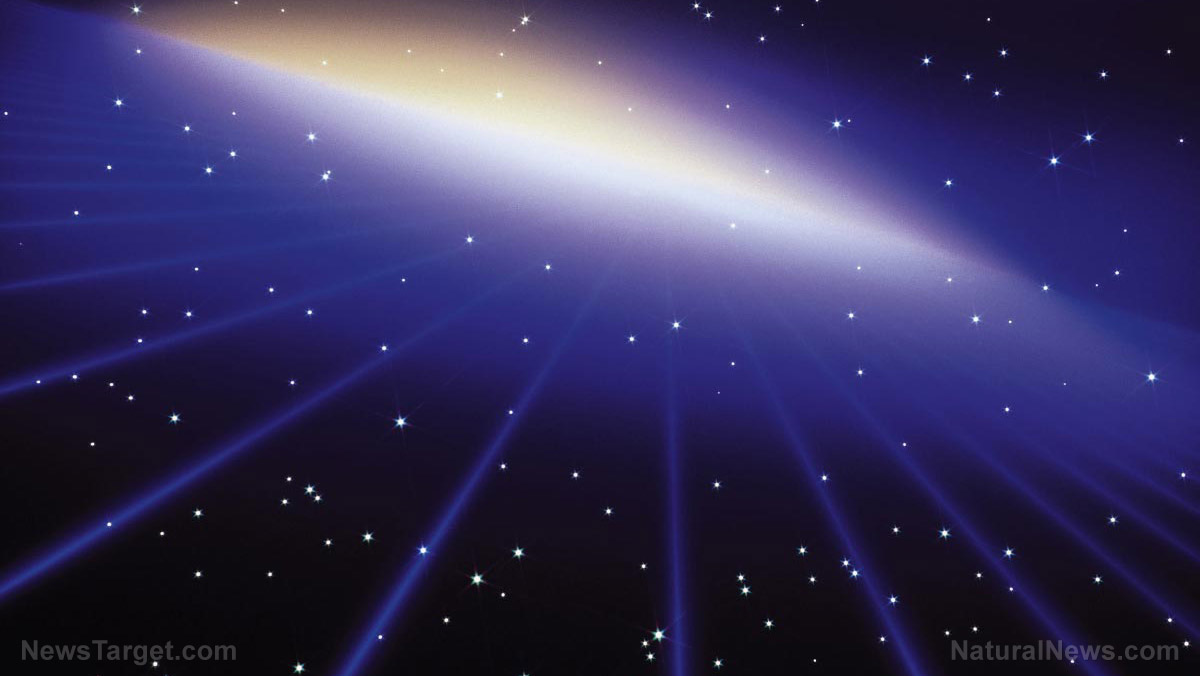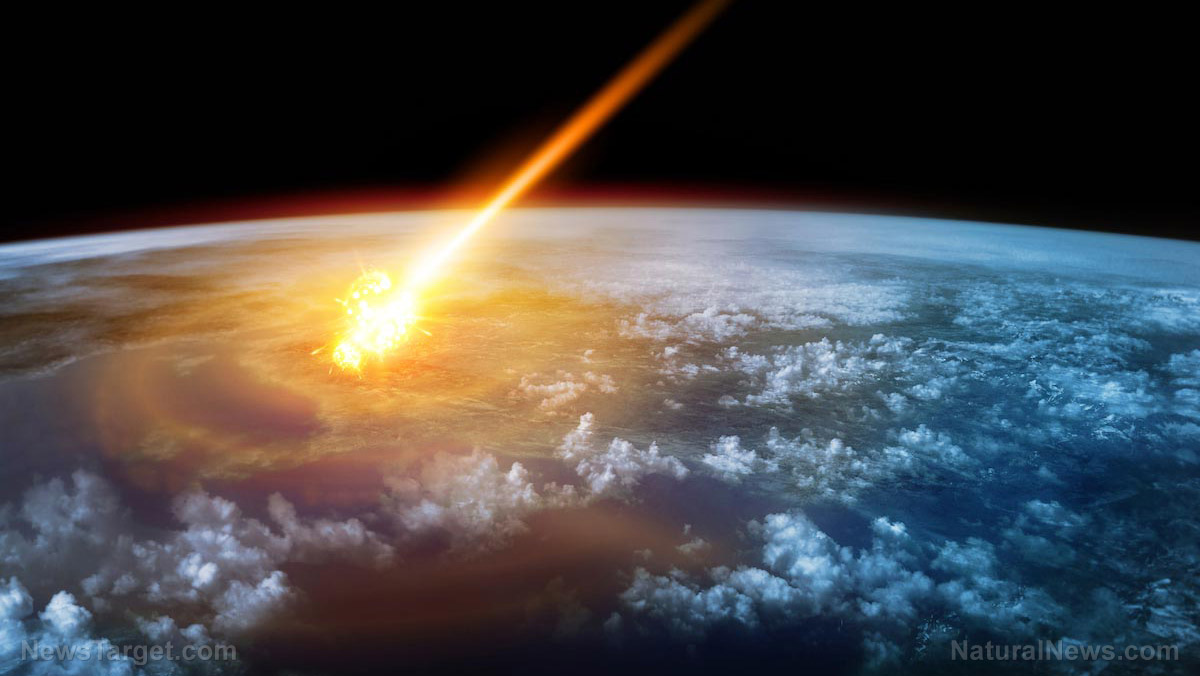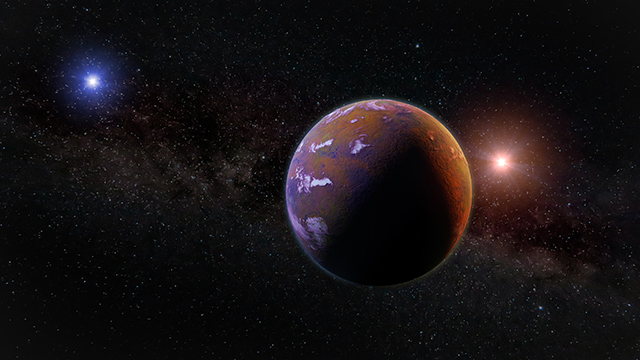More evidence found of devastating asteroid strike 13,000 years ago
10/14/2019 / By Isabelle Z.

Could a huge asteroid hit our planet and cause mass devastation? As much as we’d like to think this type of occurrence is confined to science fiction, new evidence has been found pointing to a giant asteroid hit 12,800 years ago – and if it happened before, it could happen again.
In South Africa, scientists analyzing ancient soil at the Wonderkrater site discovered high levels of platinum. This supports the Younger Dryas Impact Hypothesis, which says that a disintegrating meteor hit our planet all those years ago, spurring a mini ace age.
According to scientists, this ice age wiped out some animals and had a big impact on humans. During that time, mammals across South America, North America and Europe became extinct, including big species such as the giant African buffalo and the giant wildebeest.
Some experts believe the events are also behind the sudden stop that occurred around that time in the development of stone tools and other artifacts. Such a cosmic impact would have also seriously affected the availability of food.
The Wonderkrater site, which is situated north of Pretoria in the Limpopo Province, is one of nearly 30 platinum spikes found around the world, most of which are in the northern hemisphere. This is the first time a platinum spike has been found in Africa linked to this period in time.
Platinum is rare on Earth. It is concentrated in meteorites, and when lots of it is discovered in a single place, it can be considered a sign of a cosmic impact. Another site was discovered in Chile recently, while similar spikes have been found in Mexico, North America, Greenland and Eurasia. This suggests that platinum-rich dust was dispersed through the air during this time.
Experts believe that the dust that circulated in our atmosphere following the impact decreased the amount of sunlight that made its way to the earth’s surface, causing temperatures to plummet and halting plant growth.
One of the researchers, University of Witwatersrand’s Dr. Francis Thackeray, stated: “Without necessarily arguing for a single causal factor on a global scale, we cautiously hint at the possibility that these technological changes, in North America and on the African subcontinent at about the same time, might have been associated indirectly with an asteroid impact with major global consequences.”
It’s not concrete evidence, but it would help explain what happened on Earth during that time. The team also found evidence from pollen pointing to a temporary cooling at the same period in time. Past theories blame the post-ice age cooling on changes in the ocean’s circulation systems.
Adding to the evidence of the meteor theory is the fact that a large meteorite crater was recently discovered beneath ice in northern Greenland. Measuring 19 miles in diameter, scientists haven’t ruled out that it could date back to the Younger Dryas period and possibly be from the meteorite that caused the global shakeup. NASA says it’s one of the 25 biggest impact craters on the planet and would have “rocked the Northern Hemisphere.”
Could it happen again?
The evidence continues to pile up, pointing to an event of this nature, and it is quite possible something like this could happen again. Many asteroids can be found between Mars and Jupiter, some of which make their way very close to our planet.
One asteroid, the 1,210-foot wide Apophis 99942, is expected to come relatively close to Earth in April 2029. Experts say there is no reason to panic, but some say that gravitational forces could cause its path to come even closer to our planet than projected. Although the chances of an asteroid strike similar to the one that wiped out species nearly 13,000 years ago are low, such a strike could come without warning.
Sources for this article include:
Tagged Under: Asteroid, asteroid strike, astronomy, cosmic events, cosmos, earth science, environment, extinction, meteor, outer space, real history, Space
RECENT NEWS & ARTICLES
Cosmic.News is a fact-based public education website published by Cosmic News Features, LLC.
All content copyright © 2018 by Cosmic News Features, LLC.
Contact Us with Tips or Corrections
All trademarks, registered trademarks and servicemarks mentioned on this site are the property of their respective owners.


















